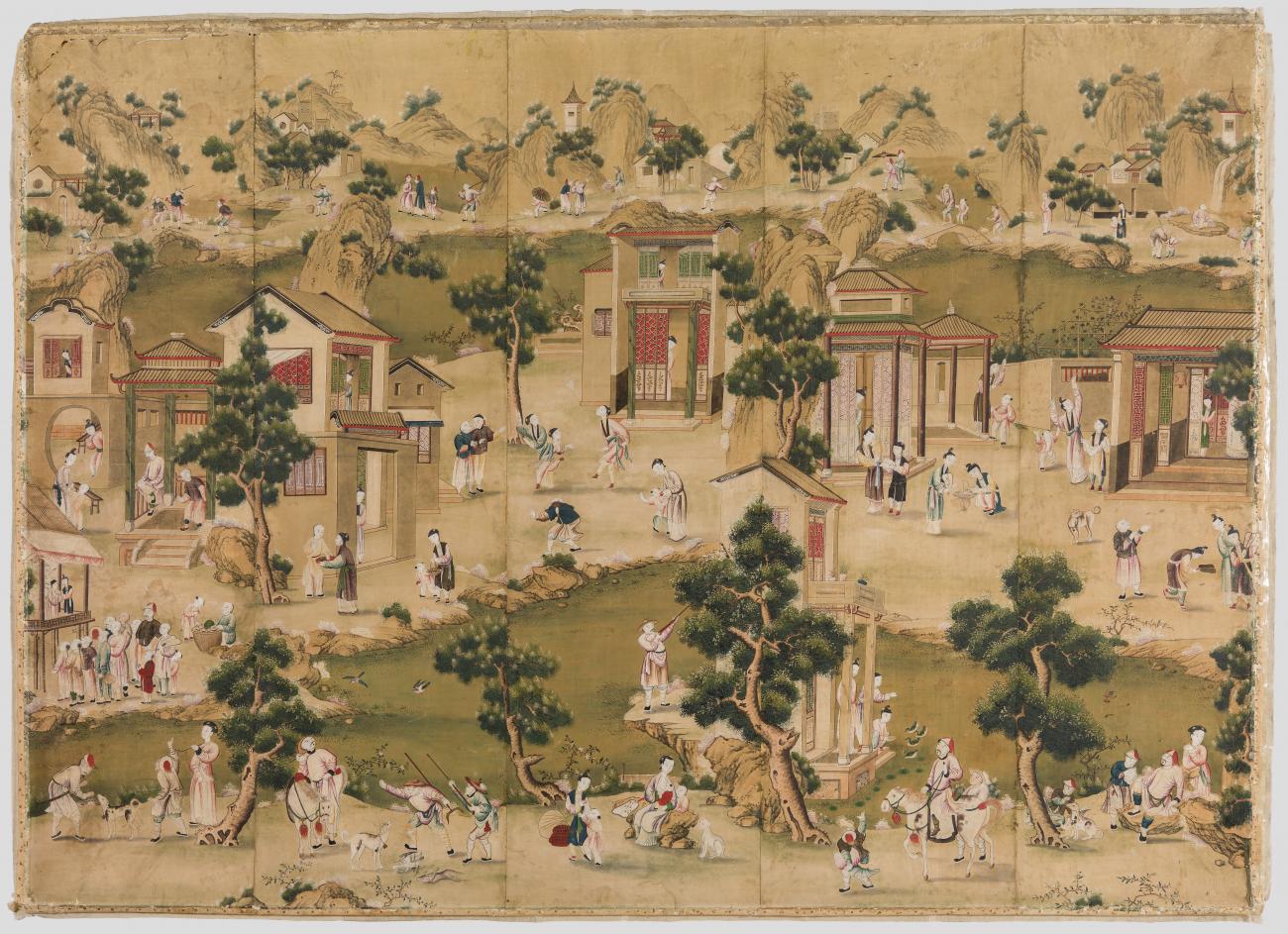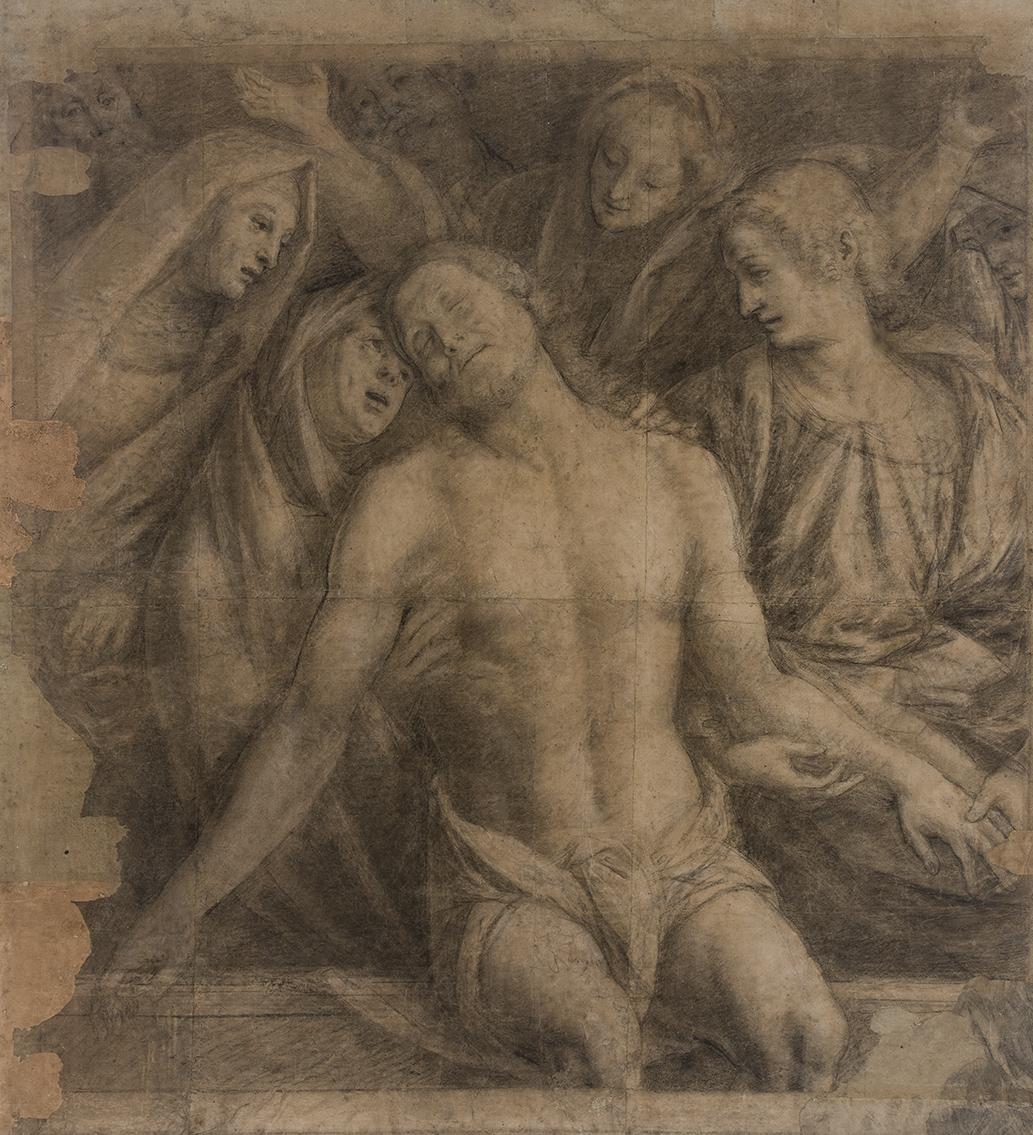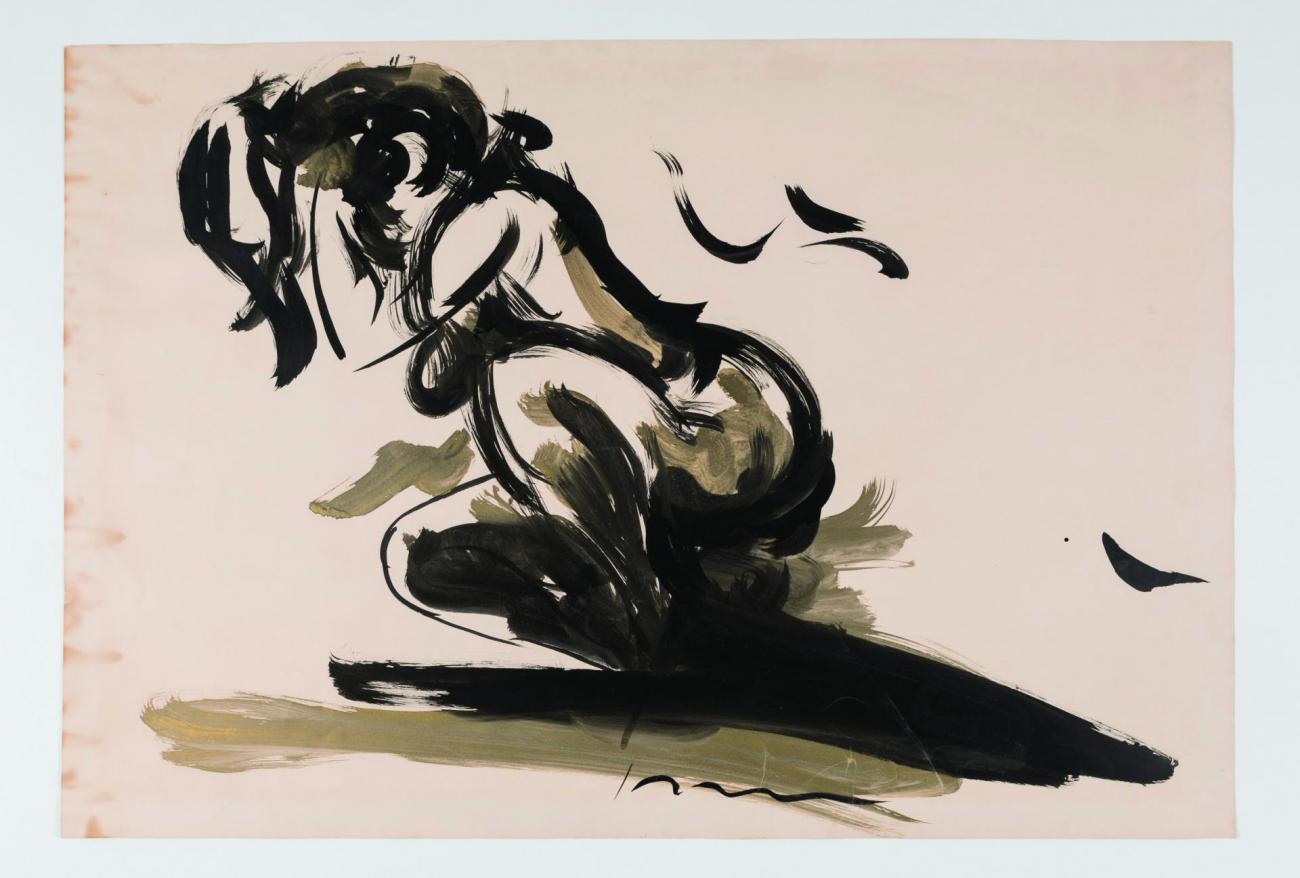The laboratory was established in 2016 to respond to the need to start work on the numerous cultural projects in Turin and Piedmont that require scientific and technical support in the treatment of paper documents, books and photographic artefacts. Through its ministerial recognition, in 2017 the University of Turin, together with the Centro, was able to launch a further area of specialisation for the degree course in Conservation and Restoration of Cultural Heritage, PFP 5 (Library and archive materials, paper and parchment artefacts, photographic and cinematic material both digital and on film).
The activities of the laboratory are mainly dedicated to contemporary art works and collaborations with nationally and internationally important museums and foundations dedicated to the graphic arts, photography and cinema.
Nevertheless, the Centre also has had ample opportunity to intervene on more ancient artefacts, such as the fresco cartoons of Gaudenzio Ferrari kept at Pinacoteca dell’Accademia Albertina in Turin and the globes by Vincenzo Coronelli belonging to the Intesa Sanpaolo Collections.
This particular laboratory was opened thanks to the support of the Cecilia Gilardi no-profit Foundation, Intesa Sanpaolo and Material ConneXion Italia.
L’opera in esame è una porzione di un più ampio papier peint in carta dipinta e misura 3.56 x 2.65 m
Queste tipologie di carte da parati di manifattura cinese venivano realizzate in Oriente e commercializzate sia nella penisola italiana che in Europa durante la seconda metà del XVIII secolo.
Prodotte utilizzando tecniche di lavorazioni seriali, consolidate nel tempo e comunemente praticate, gli artigiani cinesi si servivano di modelli, stampi e metodi xilografici per realizzare il disegno di fondo ad inchiostro, con l’aggiunta di stesure pittoriche, in fase finale, per inserire dettagli che personalizzassero le serie uguali.
Il disegno si snoda su più piani prospettici in modo da dare l’illusione della profondità.
Breve descrizione degli interventi
Il grande formato dell’opera e la grande cornice, che vincolava i movimenti a seguito di fluttuazioni di valori termo-igrometrici stagionali, avevano creato problemi di tensionamento con conseguenti piccole deformazioni della superficie cartacea. L’intervento proposto si è posto come obiettivo la conservazione e il restauro dell’opera attraverso lo smontaggio dalla cornice d’origine ed il trasporto presso i laboratori del CCR dove è stata sottoposta ad un’approfondita analisi strutturale e della superficie pittorica.
L’opera, foderata con una tela, presentava fasce perimetrali in tela di lino che sono state rimosse e sostituite con nuove fasce in tela di poliestere, il telaio è stato rettificato e reso idoneo al contenimento dell’opera in cornice. Il supporto cartaceo presentava strappi e lacune che sono state integrate, operando dal verso e dal recto, accompagnate da un puntuale consolidamento della pellicola pittorica e reintegrazione ad acquerello.
The Laboratory had the opportunity to study and restore two extraordinary globes, now part of the Intesa Sanpaolo Collections, made by Vincenzo Maria Coronelli, the Venetian cartographer and encyclopaedist, highly appreciated across Europe in the 17th century for this type of artefact. The diagnostic investigations included a CT scan to examine the internal composition of the globes, which provided new information regarding their manufacture. Given the numerous materials used in the globes, the Laboratory worked closely with the Centro’s wooden artefacts laboratory. The most complex part of the intervention involved the printed paper calottes which had been altered by previous restorations and natural degradation of the materials over time.
The five cartoons, to be displayed at the exhibition entitled “Il Rinascimento di Gaudenzio Ferrari” (Novara, Varallo, Vercelli, March - September 2018) were studied and rendered stable prior to the grand event. The conservative analysis included a general examination of the works to define the necessary routine maintenance, with a particular focus on monitoring and adjusting the exhibition frames used. While at the laboratory, graphic mapping was carried out on each individual work, along with multi-spectral analysis to determine the techniques used and the state of conservation of the surfaces.
Since its opening in 2017 the Laboratory has had the opportunity to intervene on works by great contemporary artists of the 20th century, from Fontana to Burri, Schifano and Merz, belonging to the Intesa Sanpaolo Collections. The works needing restoration were selected on the basis of investigations to determine their state of conservation and the priority of intervention conducted by the Laboratory’s restorers in the bank’s archives. The great variety of artists, techniques and depicted subjects was one of the most interesting aspects of this work.


